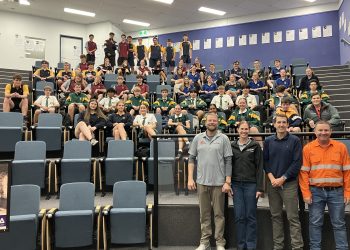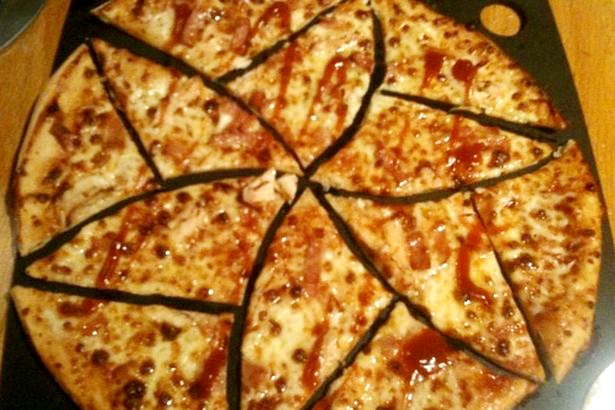Have you heard of Gladstone’s Big6? Do you know where you can find them?
If you answered NO to these questions the Gladstone News team have a challenge for you!
Want to read the full article?
Subscribe today to get full access!
Subscribe Now
Subscribe to support local journalism get unlimited access to all Gladstone News content!Already subscribed?
Login to your account via the main menu.























